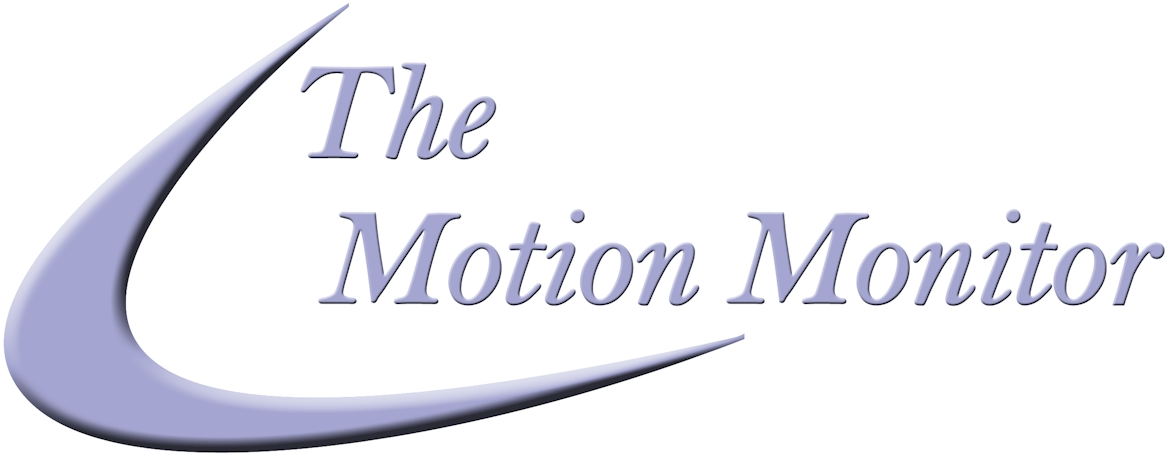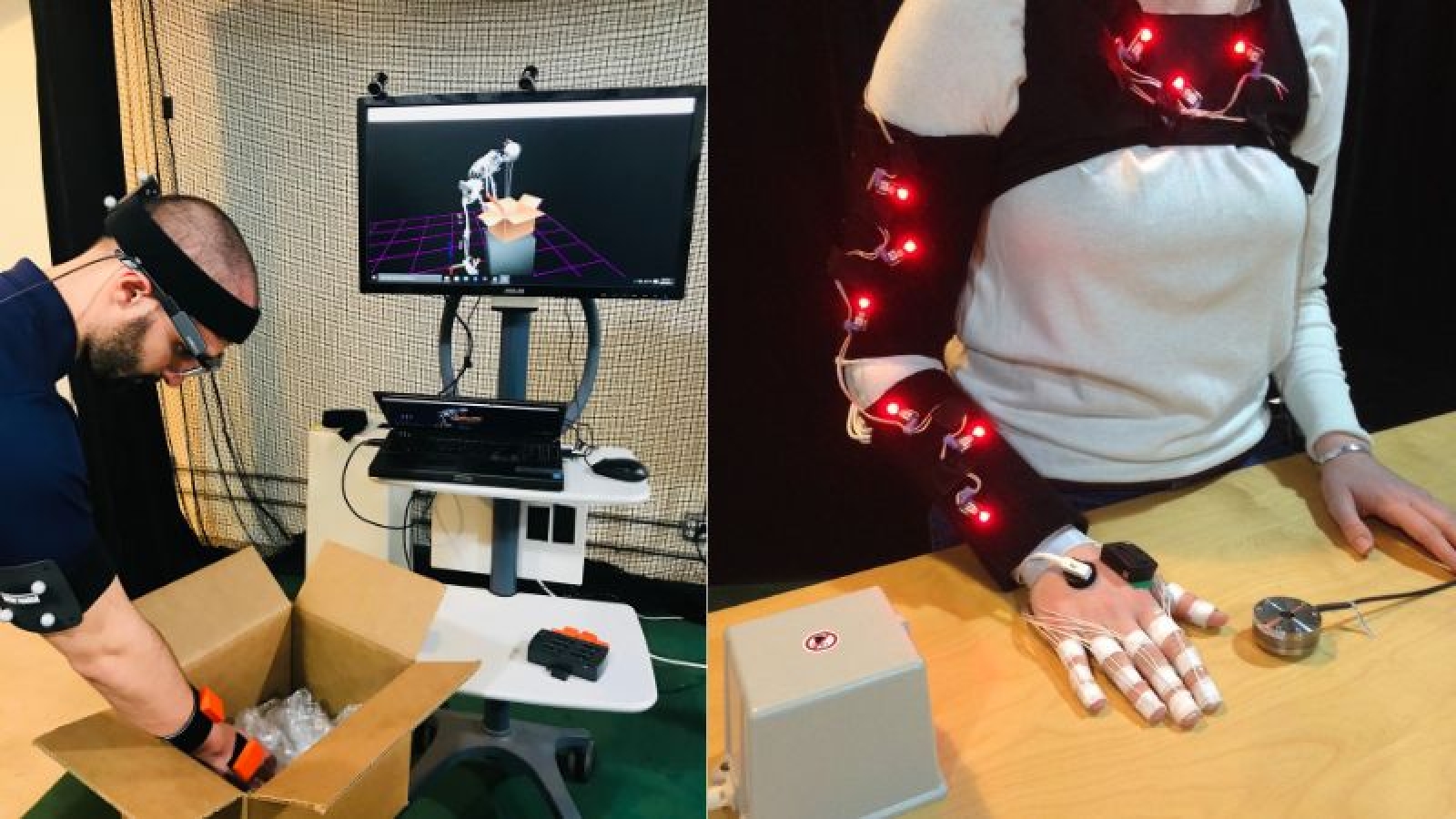Simplifying Motion Capture for More Effective Research
Introduction
As motion tracking systems continue to evolve, so too do the complexities involved in setting up hardware for research labs that study human movement. Recent informal polling of both current and prospective clients revealed a growing concern over the complexity of modern research systems. These systems, which once focused primarily on basic kinematic data, now often include multiple components such as ground force measurements, EMG, EEG, and eye-trackers. With these advancements, however, come questions about accuracy and synchronization.
Is the data being properly synchronized across all devices? How can I be sure? Could my kinematic trackers be interfering with the accuracy of other equipment? These are valid and important questions that need answers when working with advanced systems.
Lessons Learned from 30 Years of Integration
Over the past 30 years, we’ve gained significant experience integrating hardware for research labs. Along the way, we’ve encountered unexpected challenges that serve as important lessons for anyone working in this field.
For instance, one of our systems worked perfectly in the training center, but when we moved it to the client’s site, we realized the results were far from acceptable. This early experience taught us one of the most crucial lessons: Know the environment where your system will be used.
Environmental and Interference Issues
Electromagnetic Interference
A major issue we encountered with electromagnetic-based kinematic trackers (such as IMUs, Polhemus, or Ascension systems) is their poor performance when placed near strong electromagnetic sources—like those found in MRI labs. Electromagnetic fields generated by these machines can cause significant interference, leading to inaccurate tracking. Similarly, when these trackers are used in conjunction with EMG or EEG systems, the electromagnetic fields from the tracking system can interfere with the data being recorded by the other sensors.
Lighting Problems with Optical Systems
Light settings can be another area of concern, particularly with passive optical systems. These systems can perform well in certain lighting conditions, but when exposed to sunlight or changing light levels during the day, the results can become unreliable. In some cases, window coverings or frequent recalibrations are necessary to maintain consistent accuracy.
Challenges with Hybrid Systems
Hybrid systems that combine markerless and passive optical tracking systems can also present issues due to conflicting lighting requirements. Passive optical systems generally perform better in low ambient light, whereas markerless tracking requires more light to capture high-quality video at faster measurement rates. Balancing these needs can be tricky and requires careful planning.
Infrared Interference with Eye-Tracking
Another surprising issue we’ve encountered is interference between passive optical systems and eye-trackers, both of which use infrared frequencies. On one occasion, we spent hours troubleshooting an eye gaze tracking system, convinced that lighting conditions in the exhibit hall were to blame. Only after testing the system in a controlled training environment did we discover that the issue was the infrared frequencies from the optical system conflicting with the eye-tracker. This experience highlighted the need for careful coordination of equipment that operates on similar wavelengths.
Conclusion: The Importance of Thorough Testing
When assembling complex motion tracking systems, unexpected challenges can arise at any stage. It’s essential to think through all potential issues before making equipment purchases. Having testing protocols in place and thoroughly testing the systems before collecting data for your research can help identify potential problems early, ensuring that your research is based on reliable data.
As these systems grow more sophisticated, so does the need for careful planning, testing, and compatibility checks. By considering the environment, equipment interactions, and potential interferences ahead of time, you can avoid costly mistakes and ensure that your research on human movement remains accurate and effective.
Ian


